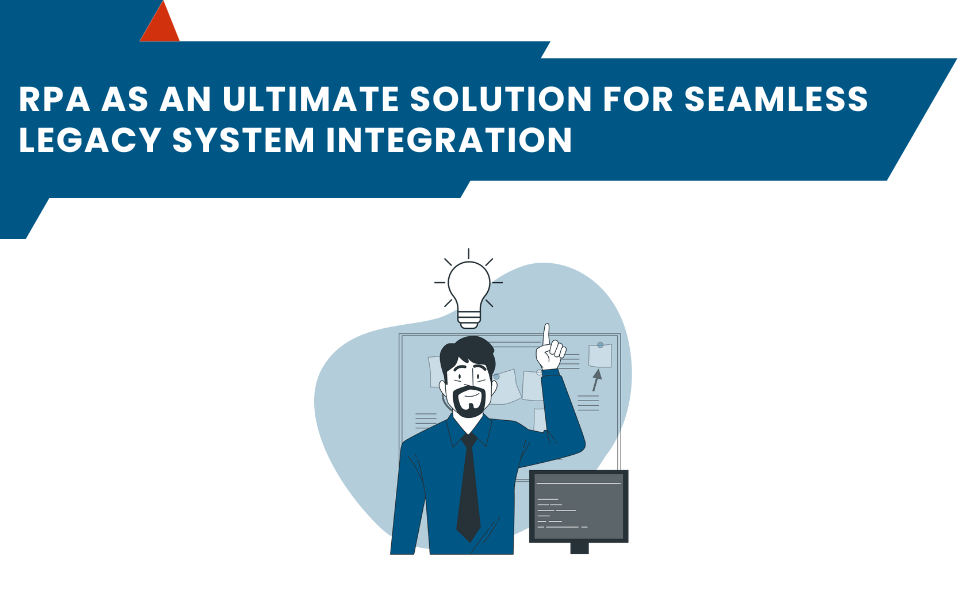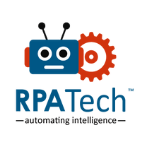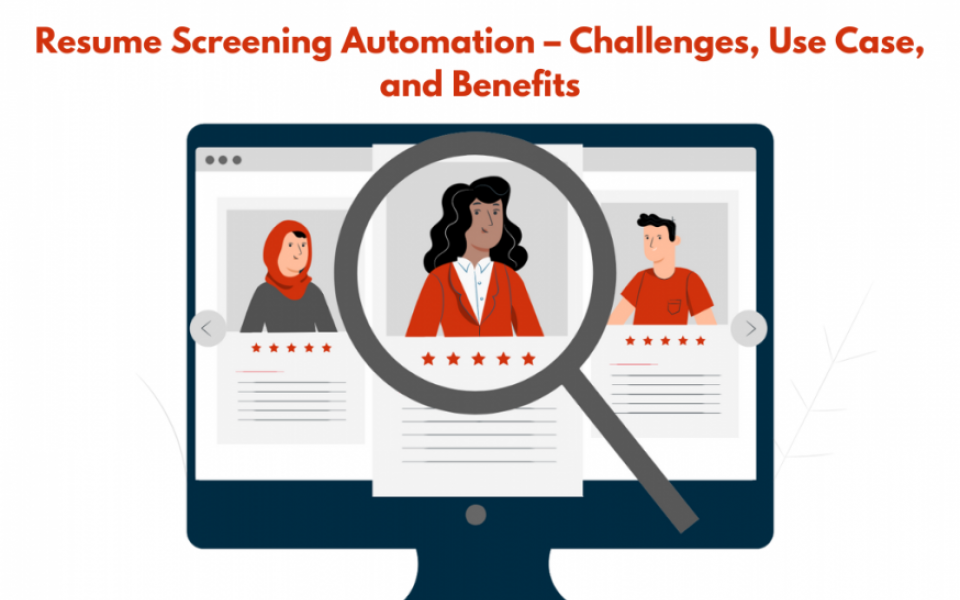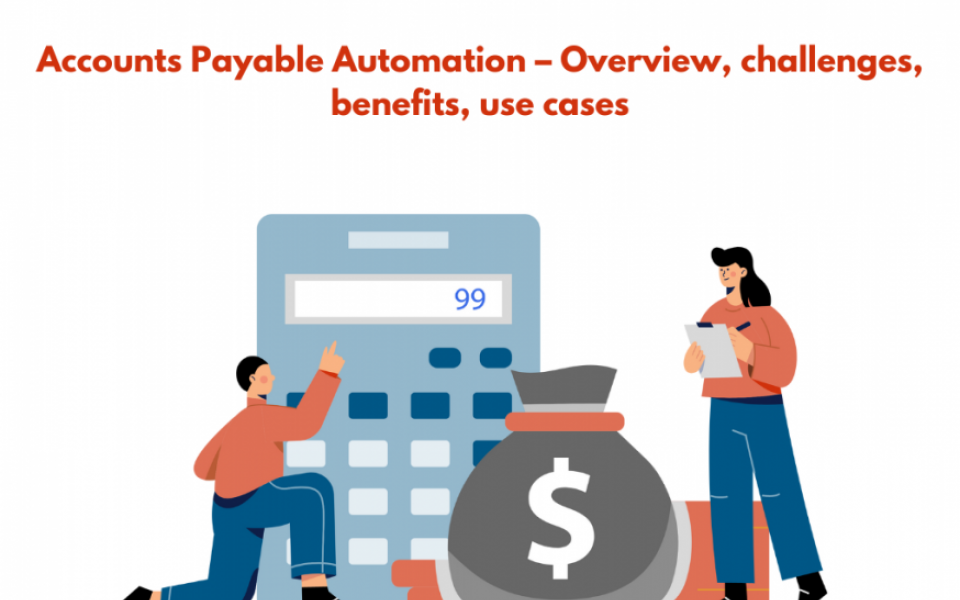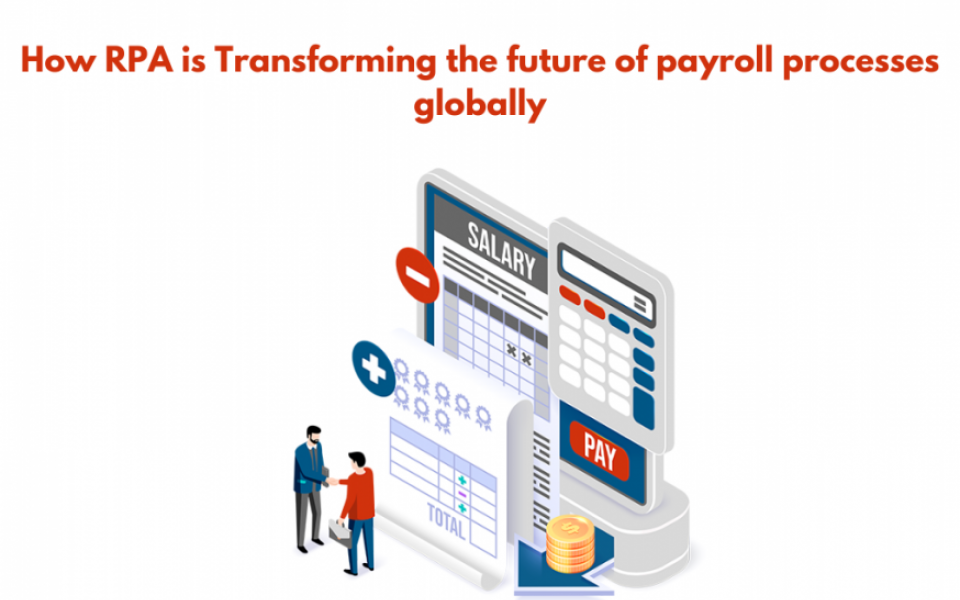Legacy systems often hinder organizations embarking on their digital transformation journey. These outdated yet essential pieces of hardware and software keep operations running but struggle to integrate with newer technologies. For companies looking to modernize without overhauling their entire IT infrastructure, legacy systems can be a major hurdle. This is where Robotic Process Automation (RPA) comes to the rescue. RPA offers a smart, efficient way to connect old systems with new ones, without the usual headaches and hefty costs.
In this blog, we'll explore:
What Are Legacy Systems?
Legacy systems are outdated software or hardware still in use despite newer technologies being available. These systems are often critical to an organization's operations, handling essential tasks such as data processing, transaction management, or other core business functions. However, their age means they lack the flexibility, scalability, and compatibility required to keep pace with modern technological advancements.
Challenges of Legacy Systems
While legacy systems may still function effectively in performing their intended tasks, they come with a host of challenges:
Given these challenges, it's clear that integrating legacy systems with modern technologies is crucial for any business looking to stay competitive. Without proper integration, organizations risk falling behind in efficiency, productivity, and innovation. Integration allows for seamless communication between old and new systems, enabling businesses to leverage the full potential of their technology investments.
Traditional Integration Methods
Before the advent of RPA, businesses relied on several traditional methods to integrate legacy systems with modern technologies. While these methods have their merits, they also come with significant drawbacks.
Custom Development
One of the most common approaches to legacy system integration is custom development. This involves writing custom code to create an interface between the legacy system and the new software. While custom development can be tailored to meet specific needs, it is also:
Middleware Solutions
Middleware is software that acts as a bridge between the legacy system and the new application, enabling them to communicate with each other. Middleware can simplify integration by providing a standardized interface, but it also has its drawbacks:
APIs and Web Services
Another approach is to use APIs (Application Programming Interfaces) and web services to enable communication between the legacy system and modern applications. However, this method is often limited by the legacy system's capabilities:
What is RPA?
RPA is a technology that uses software robots or "bots" to automate repetitive, rule-based tasks. These bots can mimic human actions, such as logging into applications, entering data, and performing transactions, without the need for human intervention. RPA is particularly useful for automating tasks that involve interacting with multiple systems, including legacy systems.
How RPA Works
RPA bots operate at the user interface level, meaning they interact with applications in the same way a human would—by clicking buttons, entering data, and navigating screens. This allows RPA to work with any system, regardless of its underlying technology, without the need for complex coding or changes to the system itself.
Common RPA Use Cases
RPA is widely used across various industries for tasks such as:
In the context of legacy system integration, RPA is particularly valuable because it can automate the process of moving data between legacy systems and modern applications, without the need for custom development or middleware.
Why RPA is Ideal for Legacy System Integration
Now that we have a clear understanding of what RPA is and how it works, let's explore why it is the best solution for legacy system integration.
Non-Invasive Approach
One of the most significant advantages of RPA is its non-invasive nature. Unlike traditional integration methods that require changes to the legacy system's code or architecture, RPA works by interacting with the system at the user interface level. This means that RPA can be implemented without any modifications to the legacy system itself, reducing the risk of disrupting critical business operations.
Speed of Implementation
Traditional integration methods, such as custom development or middleware, can take months or even years to implement. In contrast, RPA can be deployed much more quickly. Since RPA bots work at the interface level, they can be set up and configured in a matter of weeks, allowing businesses to achieve faster time-to-value.
Cost-Effectiveness
RPA is also more cost-effective than traditional integration methods. Custom development and middleware solutions often require significant upfront investment, as well as ongoing maintenance costs. RPA, on the other hand, can be implemented with minimal upfront costs and requires less maintenance, making it a more affordable option for businesses of all sizes.
Scalability and Flexibility
Another key advantage of RPA is its scalability. Once an RPA bot is set up, it can be easily scaled to handle additional tasks or increased volumes of work. Moreover, RPA is highly flexible, allowing businesses to adapt their automation strategies as their needs change. This flexibility is particularly valuable in dynamic business environments where requirements can change rapidly.
Compatibility with Legacy Systems
One of the biggest challenges of legacy system integration is the lack of compatibility with modern software. However, because RPA operates at the user interface level, it can work with virtually any system, regardless of its underlying technology. This makes RPA an ideal solution for integrating legacy systems that lack modern APIs or other integration capabilities.
Example of RPA for Legacy System Integration
For example, a large financial services company is struggling to integrate its legacy mainframe system with a new CRM platform. Traditional integration methods are too costly and time-consuming, so the company opted for RPA instead. By deploying RPA bots, the company was able to automate the process of transferring customer data from the mainframe to the CRM system. The implementation was completed in just a few weeks, resulting in significant cost savings and improved data accuracy.
Potential Challenges and Considerations
While RPA offers many benefits for legacy system integration, it's important to be aware of the potential challenges and considerations.
Initial Setup
Although RPA is generally faster to implement than traditional methods, the initial setup still requires careful planning and configuration. Organizations need to define the processes that will be automated, select the right RPA tools, and ensure that their IT infrastructure can support the deployment.
Maintenance
RPA bots require ongoing maintenance to ensure they continue to function correctly as systems and processes change. For example, if a legacy system is updated or its user interface changes, the RPA bots may need to be reconfigured. However, the maintenance burden is generally lower than that of custom code or middleware solutions.
Training and Change Management
Implementing RPA also requires a focus on training and change management. Employees need to be trained on how to work with RPA bots and understand how the technology will impact their roles. Effective change management is crucial to ensure that the transition to RPA is smooth and that employees are supportive of the new technology.
Conclusion
As businesses continue to navigate the complexities of digital transformation, integrating legacy systems with modern technologies is more important than ever. Traditional integration methods, while effective, are often costly, time-consuming, and complex. In contrast, Robotic Process Automation (RPA) offers a faster, more cost-effective, and non-invasive solution for legacy system integration.
By leveraging RPA, organizations can overcome the challenges posed by legacy systems, streamline their operations, and unlock new opportunities for growth and innovation. Whether you're in financial services, healthcare, or any other industry, RPA can help you bridge the gap between old and new, ensuring that your business remains competitive in the digital age.
Ready to explore how RPA can transform your legacy system integration efforts? Contact our experts today for a consultation and discover the power of RPA for your business.




